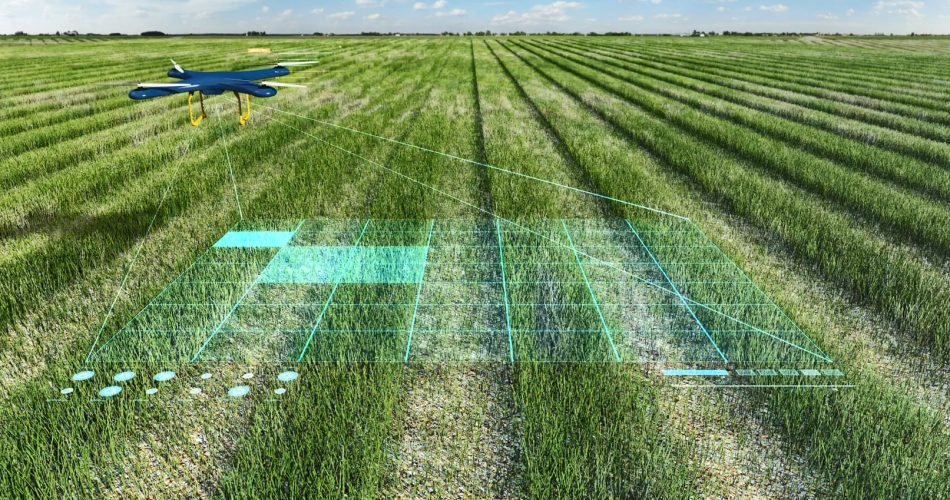Research unveils some possible risks
Artificial intelligence, along with robots, drones, and other smart devices, is already being used on large farms to help with activities like crop management, milking cows, and assisting farmers in making decisions.
The potential benefits are significant. Increases in farm productivity may help feed the world’s 2.4 billion people who are food insecure or malnourished, as well as transform how farmers use their land.
However, agricultural AI could have unforeseen and devastating repercussions. That’s the takeaway from a new study published in Nature Machine Intelligence. When an international group of experts looked into AI’s potential threats in agriculture, they discovered some, and they’re asking farmers to think about them now before it’s too late.
“So far no one seems to have asked the question, ‘Are there any risks associated with a rapid deployment of agricultural AI?'”, said Asaf Tzachor, a researcher at the Centre for the Study of Existential Risk at the University of Cambridge, in a news release.
The study highlights potential problems in the agricultural data that AI-powered systems rely on, as well as the risk that autonomous systems prioritize productivity over the environment. This could result in unintentional overfertilization, unsafe pesticide use, ineffective irrigation, or soil erosion, putting agricultural yields, water resources, and soil at risk. In addition, food instability could be exacerbated by widespread crop failures.
Another area where things could go wrong is cybersecurity. According to the researchers, hacking may bring down entire food systems. The more farm systems rely on intelligent machines, the greater disruption they can cause if they break down or are destroyed.
Then there are humans, and without inclusive technology, AI could worsen existing injustices in agriculture, according to the experts. Small-scale farmers in the global South, for example, may be locked out of farming profits entirely as big farmers profit.
Data sharing, citizen involvement, and digital “sandboxes” where engineers can foresee probable failure areas for agricultural AI are some of the potential solutions outlined by the researchers.
“Technological modernization in farming has achieved much”, the researchers said. However, some irresponsible developers could “ignore and thereby perpetuate drivers of nutritional insecurity, exploitation of labor, and environmental resource depletion”.
When it comes to AI, we must always consider the risks, it doesn’t matter in what fields we decide to use it. It’s a great power that could help us improve our lives but little issues, if ignored, may cause a snowball effect where it’s hard to identify the end.
Source washingtonpost.com
